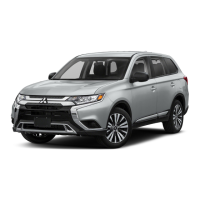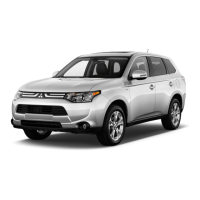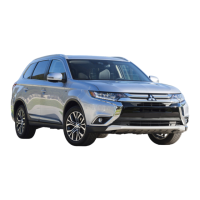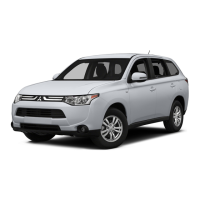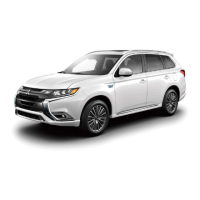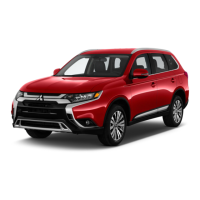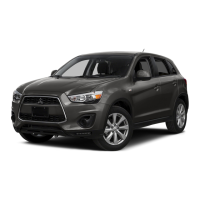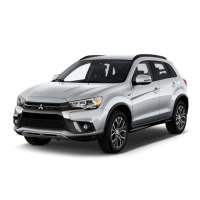WARNING
l
When possible, put children in the rear
seat. Accident statistics indicate that chil-
dren of all sizes and ages are safer when
properly restrained in the rear seat rather
than in the front seat.
l
Holding a child in your arms is no substi-
tute for a restraint system. Failure to use
a proper restraint system can result in se-
vere or fatal injury to the child.
l
Each child restraint device or fixing is to
be used only by one child.
l
When attaching a child restraint system
to the rear seat, prevent the front seat-
backs from touching the child restraint
system.
Otherwise, the child could be seriously in-
jured in the event of hard braking or a
collision.
Caution for installing the child
restraint on vehicle with front
passenger’s airbag
The label shown here is attached on vehicles
with a front passenger’s airbag.
WARNING
l
Extreme Hazard!
NEVER use a rearward facing child re-
straint on a seat protected by an ACTIVE
AIRBAG in front of it, DEATH or SERI-
OUS INJURY to the CHILD can occur.
Use rearward facing child restraints in the
rear seat or turn off the front passenger’s air-
bag ON-OFF switch. (Refer to “To turn an
airbag off” on page 4-29)
Front passenger’s airbag ON
WARNING
l
A REARWARD FACING CHILD RE-
STRAINT must NOT be used in the front
passenger seat if the front passenger’s air-
bag has not been deactivated. The force of
an inflating airbag could kill or cause se-
rious injuries to the child. A rearward
facing child restraint should be used in
the rear seat.
l
A FORWARD FACING CHILD RE-
STRAINT should be used in the rear seat
whenever possible; if it must be used in
the front passenger seat, turn off the front
passenger’s airbag ON-OFF switch.
Failure to do so could kill or cause serious
injuries to the child.
Child restraint
4-18
OGFE16E1
Seats and seat belts
4
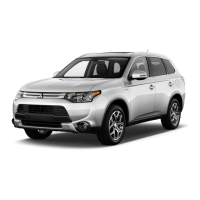
